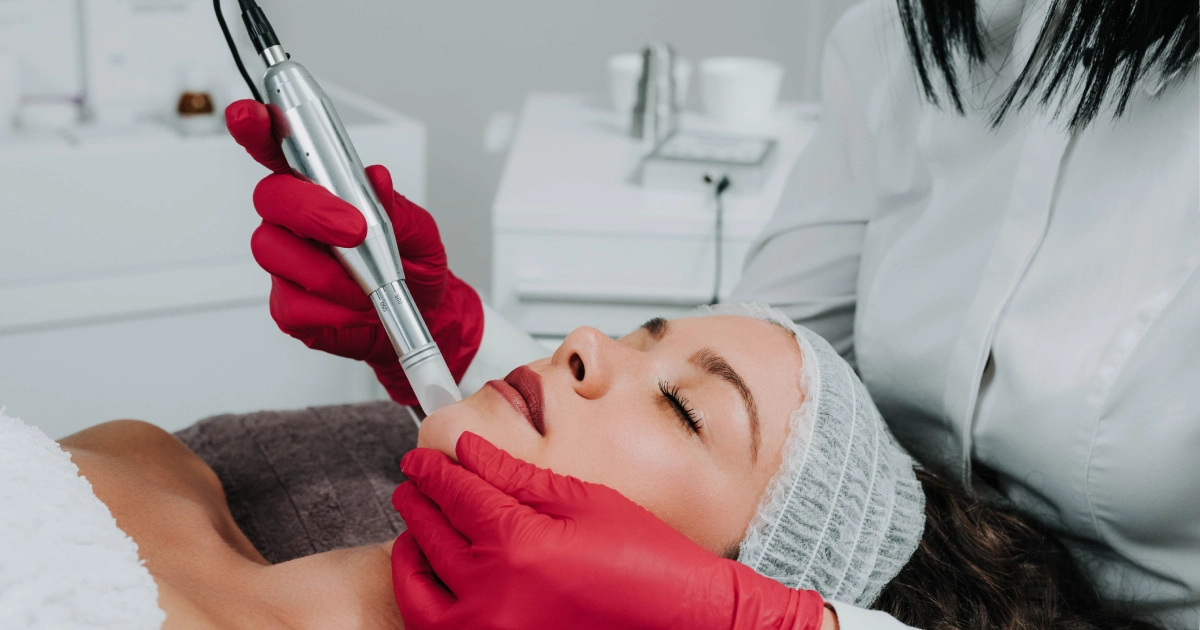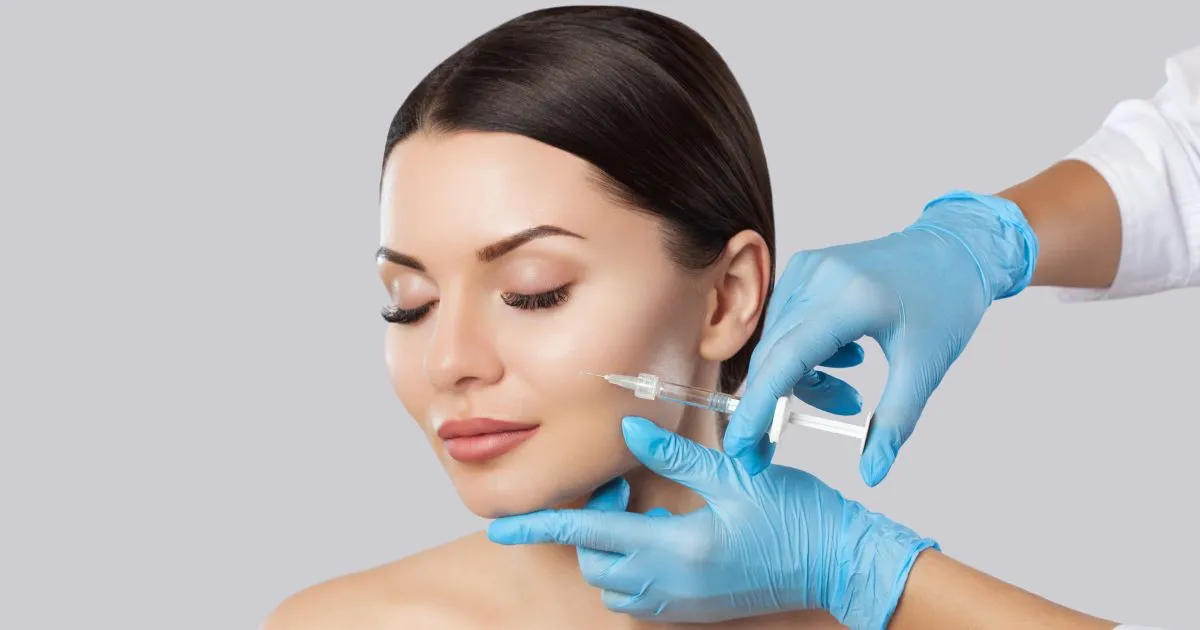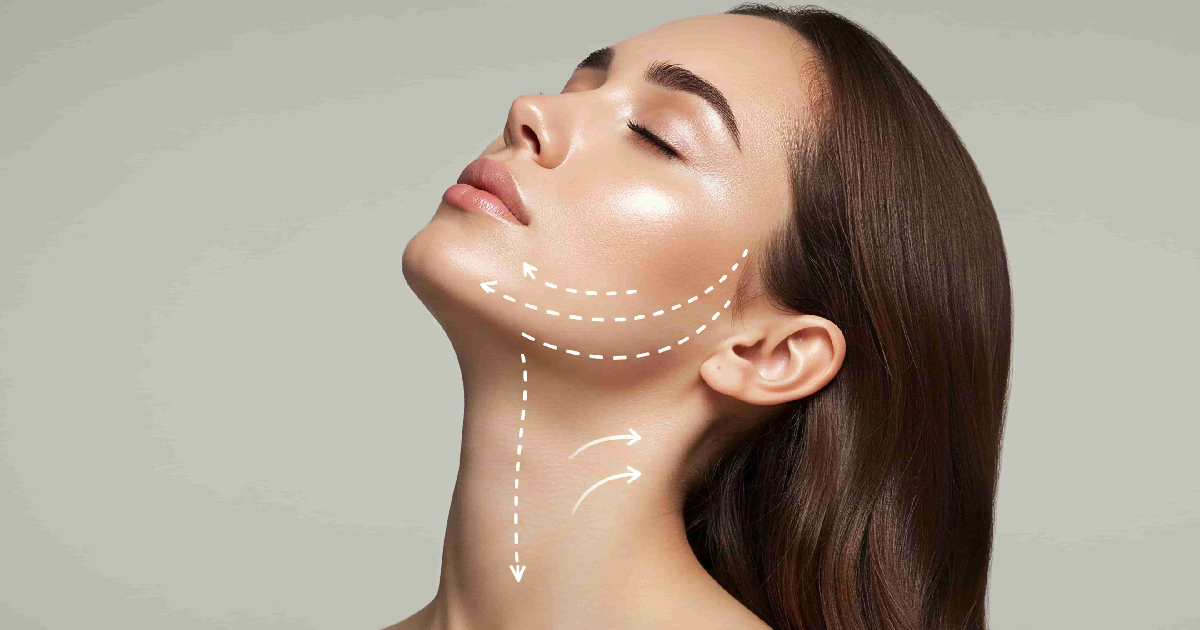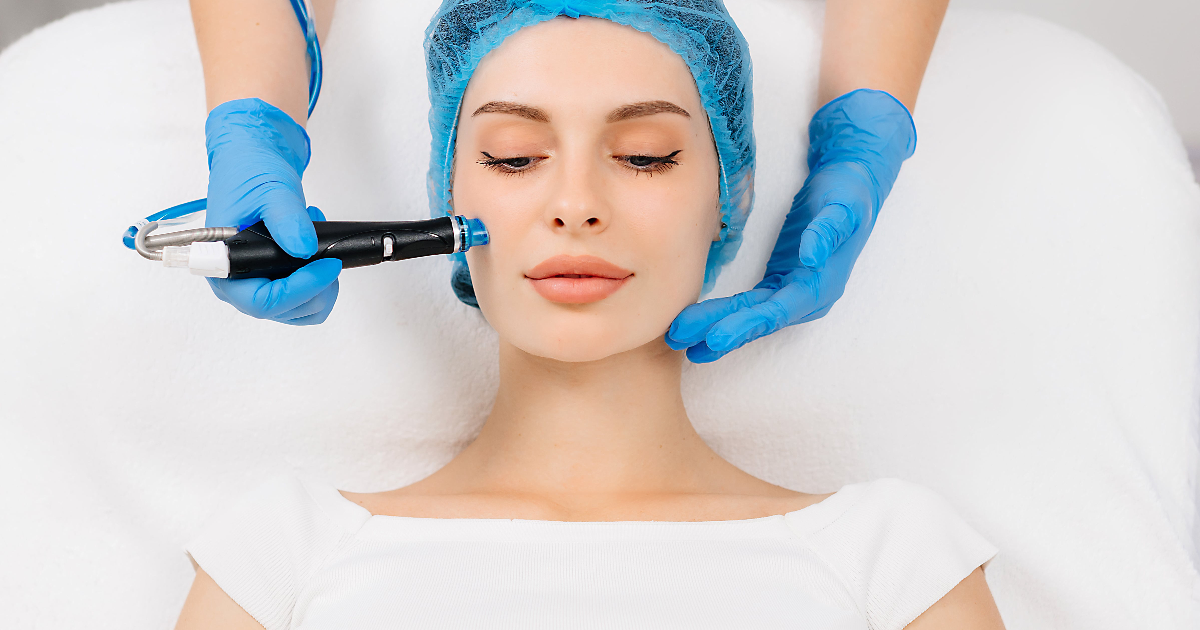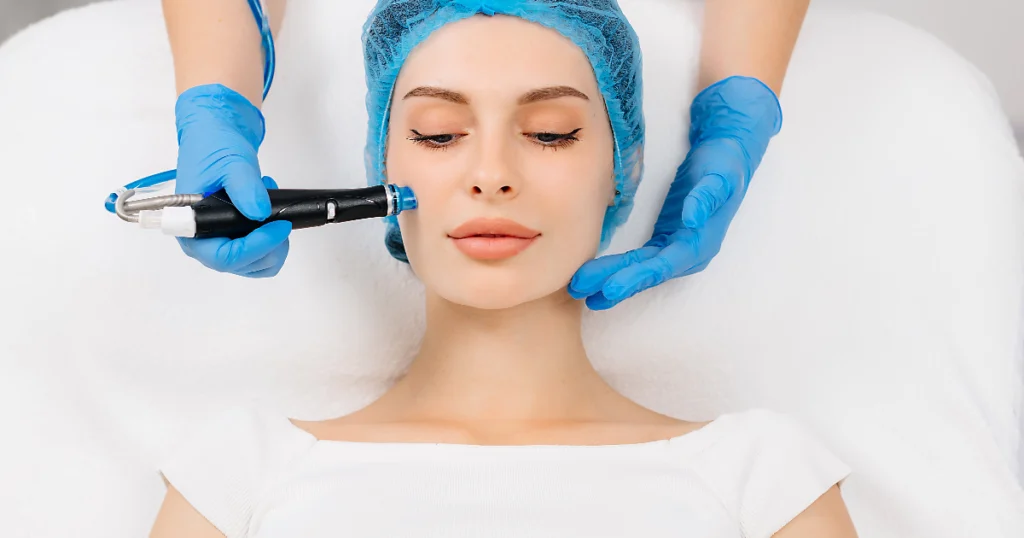
Table of Contents
If you’re frustrated by uneven skin tone, lingering dark spots, or discoloration that makeup just won’t cover, you’re not alone. Many people dealing with hyperpigmentation have already tried creams and serums with limited results. The quest for brighter, more balanced skin can feel like trial and error—but it doesn’t have to be.
One treatment that’s been quietly gaining traction for its ability to improve skin tone visibly is microneedling. Safe, effective, and minimally invasive, microneedling offers a longer-lasting solution for people who want a noticeable difference without the downtime of more aggressive procedures.
At Skin + Ivy Wellness Spa in Memphis, TN, microneedling has become one of the most requested services for clients seeking smoother, clearer skin with less pigmentation irregularity. Let’s explore why this approach works so well and how it might be precisely what your skin needs.
How Microneedling Diminishes Dark Spots and Boosts Skin Radiance
Uneven pigmentation, like sunspots, melasma, or post-inflammatory hyperpigmentation, can be stubborn. These discolorations sit deep within the skin, making them difficult to treat with topical solutions alone. Microneedling addresses these issues at the source.
What Is Microneedling?
Microneedling is a minimally invasive skin procedure that uses fine needles to create micro-injuries in the skin’s surface. These tiny punctures trigger your skin’s natural healing process, stimulating collagen induction and increasing elastin production. As your skin repairs, it becomes smoother, firmer, and has an even tone.
At Skin + Ivy Wellness Spa, microneedling in Memphis, TN, is performed with professional-grade devices to ensure safety and efficacy. Depending on your needs, it can be paired with growth serums or Platelet-Rich Plasma (PRP) for enhanced results.
Why It Works for Hyperpigmentation
So, how exactly does microneedling improve hyperpigmentation, and why are so many skincare professionals recommending it for uneven skin tone?
To understand the impact, it’s helpful to look at what’s happening beneath the surface of your skin. Unlike superficial creams that often sit on the epidermis, microneedling stimulates the skin’s natural renewal processes from within, making it especially effective for stubborn pigmentation.
Here’s how it works on multiple levels:
Cellular Turnover: Encouraging Your Skin to Regenerate Itself
One of the core mechanisms behind microneedling is how it accelerates cellular turnover. The tiny micro-injuries created during the procedure signal your body to begin rapid skin repair. As new, healthy cells rise to the surface, older, pigmented skin cells are gradually pushed out. This exfoliation-like effect goes deeper than traditional treatments, encouraging your skin to reveal a fresher, more even layer over time. It’s particularly useful for treating post-inflammatory hyperpigmentation left behind by acne or other irritations.
Dispersing Melanin Clusters: Breaking Up the Dark Spots
Melanin—the pigment that gives your skin color—can sometimes accumulate unevenly due to sun exposure, hormonal changes, or inflammation. These concentrated pockets result in dark spots, blotches, or patches. Microneedling disrupts these melanin clusters by physically creating micro-channels in the skin. This helps redistribute the pigment more uniformly and initiates a controlled healing response that breaks up excess pigment over time. For conditions like melasma or sunspots, this process can lead to noticeably clearer skin with consistent treatment.
Improved Product Absorption: Boosting the Efficacy of Brightening Serums
Right after microneedling, your skin is more receptive than usual. The micro-channels temporarily open up the skin’s barrier, which allows brightening agents—like vitamin C, kojic acid, or niacinamide—to absorb more deeply and effectively. Instead of sitting on the surface, these ingredients can reach the deeper layers where pigmentation originates. This improves their performance and shortens the time it takes to see visible improvements. Many providers recommend applying targeted dark spot treatments immediately post-treatment for enhanced results.
Collagen Support: Improving Texture Alongside Tone
While the primary focus for hyperpigmentation is reducing discoloration, texture often plays a role in how visible these spots appear. Areas affected by acne scars, for example, may look darker due to shadows and irregular skin surfaces. Microneedling addresses this by triggering collagen induction, which firms and plumps the skin over time. Smoother skin reflects light more evenly, making residual pigmentation look less pronounced. As collagen rebuilds, you’re getting a clearer complexion and improving the overall look and feel of your skin.
This isn’t a quick fix, but it delivers real, lasting results when performed in a series of sessions.
Types of Hyperpigmentation It Can Address
Professional microneedling has shown success in improving various types of pigmentation issues, including:
- Post-inflammatory hyperpigmentation: Often left behind after acne or other trauma to the skin.
- Sunspots and age spots: Caused by cumulative UV exposure.
- Melasma: A deeper, hormonal form of pigmentation that’s typically harder to treat.
- Uneven skin tone and texture: When combined with other treatments like PRP or brightening serums.
Treatment Process and What to Expect
Here’s what you can typically expect with microneedling:
- Consultation and prep: Your provider will assess your skin for the best approach.
- Procedure time: Depending on the treatment area, the session usually takes about 30–60 minutes.
- Sensation: Most clients describe it as mildly uncomfortable but very tolerable, especially with numbing cream.
- Downtime: You may experience redness or sensitivity for 24–48 hours, similar to a mild sunburn.
- Results: Subtle improvements may appear within a week, but significant skin brightening and reduced pigmentation usually take 3–6 sessions spaced a few weeks apart.
And since microneedling stimulates collagen and elastin over time, the results continue to improve long after your last appointment.
Is It Safe for All Skin Tones?
Yes. One of the best things about microneedling is that it’s safe for most skin types and tones, unlike laser treatments that can sometimes cause further pigmentation in darker skin. However, technique and experience matter—especially for post-inflammatory pigmentation patients. That’s why seeking treatment from trained professionals, like the Skin + Ivy Wellness Spa team, is essential.
Even Out Your Skin Tone—Naturally
You don’t have to settle for patchy skin or feel self-conscious about pigmentation. Microneedling offers a gentle yet effective way to target discoloration, fade dark spots, and restore your skin’s natural glow. Whether you’re dealing with acne-related discoloration, melasma, or sun damage, this non-surgical option can help you feel more confident in your skin.
Schedule your consultation and uncover a more even-toned complexion!
Our team at Skin + Ivy Wellness Spa in Memphis is ready to create a customized plan that works for your skin tone, concerns, and goals.
Restore Confidence with a Brighter Complexion
Pigmentation concerns are common, but they don’t have to be permanent. With microneedling, you support your skin’s natural ability to heal, renew, and even out its tone from within. As a minimally invasive option with minimal downtime, it’s a smart choice for anyone looking to address hyperpigmentation without harsh treatments or surgery.
If you’re looking for brighter, clearer skin—and results that last—microneedling in Memphis, TN may be exactly what your skincare routine is missing. Contact us today for personalized care and noticeable results, and take the first step toward feeling better in your skin.
